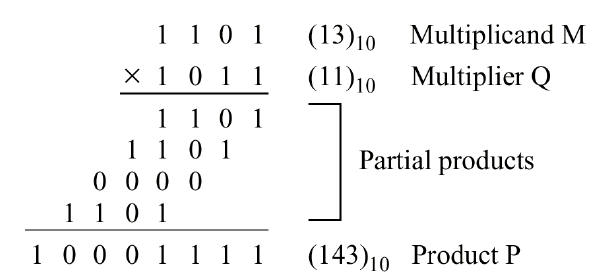

Request_c when addr(1 downto 0) = “10” else Request_b when addr(1 downto 0) = “01” else Request <= request_a when addr(1 downto 0) = “00” else We could also have expressed this behavior using a conditional signal assignment statement, as follows: We would have to include a further alternative as follows:Ī synthesis tool would interpret the choices covering valid logic levels as implying hardware, and the others choice as representing metalogical values for simulation purposes, to be ignored. If we are using std_ulogic_vector signals, the choices do not cover all possible values. We can use a selected signal assignment statement to describe a multiplexer, for example: We can then use the extra result bit as the carry: If we want the carry result of the addition, we need to extend the operands by one bit, so that the result is one bit longer than the operands. Alternatively, if we are using a synthesis tool that supports the std_logic_arith package, we could use the vector/scalar operator defined there. To create a one-element vector from the carry_in scalar.

For example, the following assignment in an architecture represents an adder for unsigned operands a and b, producing an unsigned result, sum, of the same size: We can model a combinational arithmetic circuit using a concurrent assignment with an arithmetic expression on the right-hand side. For example, ROMs programmed as look-up tables can implement the multiplication process, while a combination of multi-bit adders and ROMs, in some cases, can extend the range of multiplication that can be provided.Įxample 21.1 Modeling arithmetic circuits Progammable logic devices may also be used in arithmetic applications. The modifying logic can be provided by discrete gates or by another MSI circuit, so that some arithmetic circuits may be implemented by a combination of MSI and SSI chips. A typical example of this is the implementation of a binary adder/subtractor or a circuit used for the implementation of BCD arithmetic. In some cases, a required arithmetic function is not available in a standard MSI package and modifying logic may be required. Multi-bit adders, arithmetic logic units and other circuits are now readily available as medium scale integrated circuits. Originally, the basic arithmetic circuits were designed using discrete components, but this method has long been superseded by the introduction of MSI circuits. One important aspect of digital design with MSI circuits not dealt with in earlier chapters is the design and implementation of arithmetic circuits. WOODS MA, DPhil, in Digital Logic Design (Fourth Edition), 2002 12.1 Introduction


 0 kommentar(er)
0 kommentar(er)
